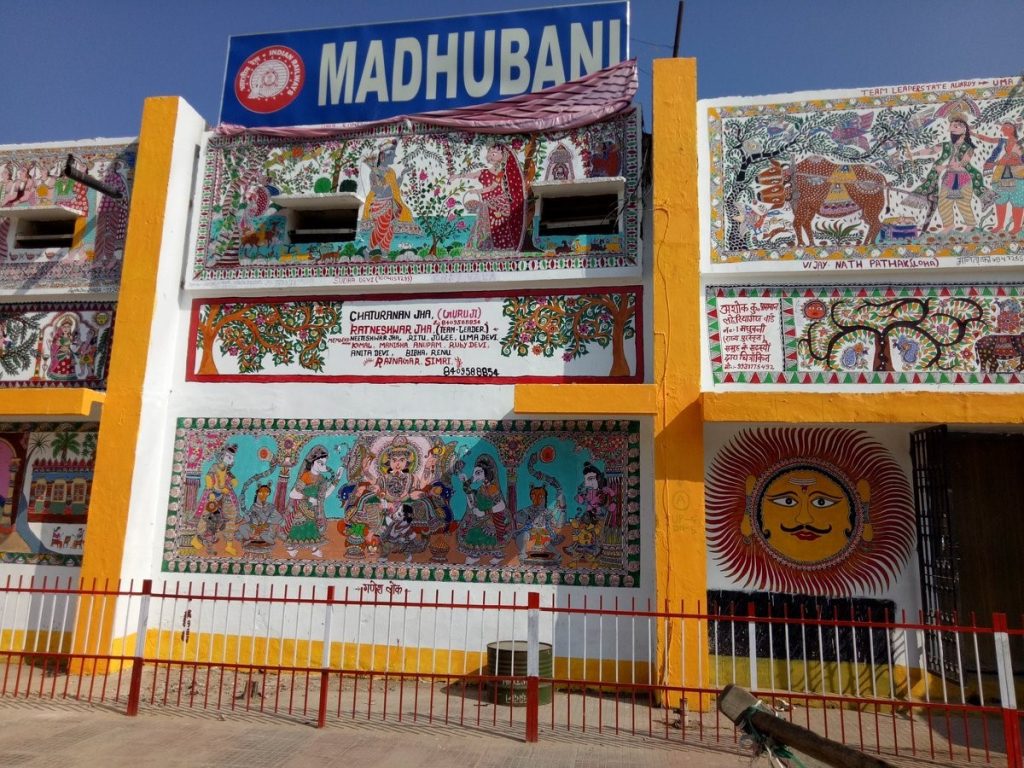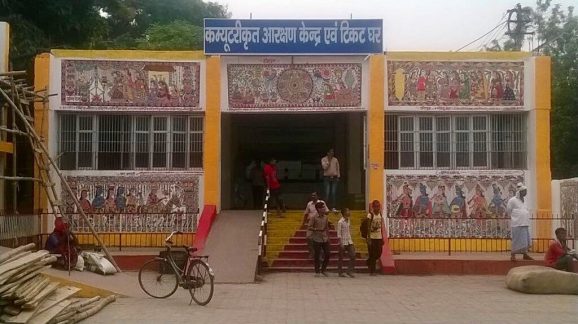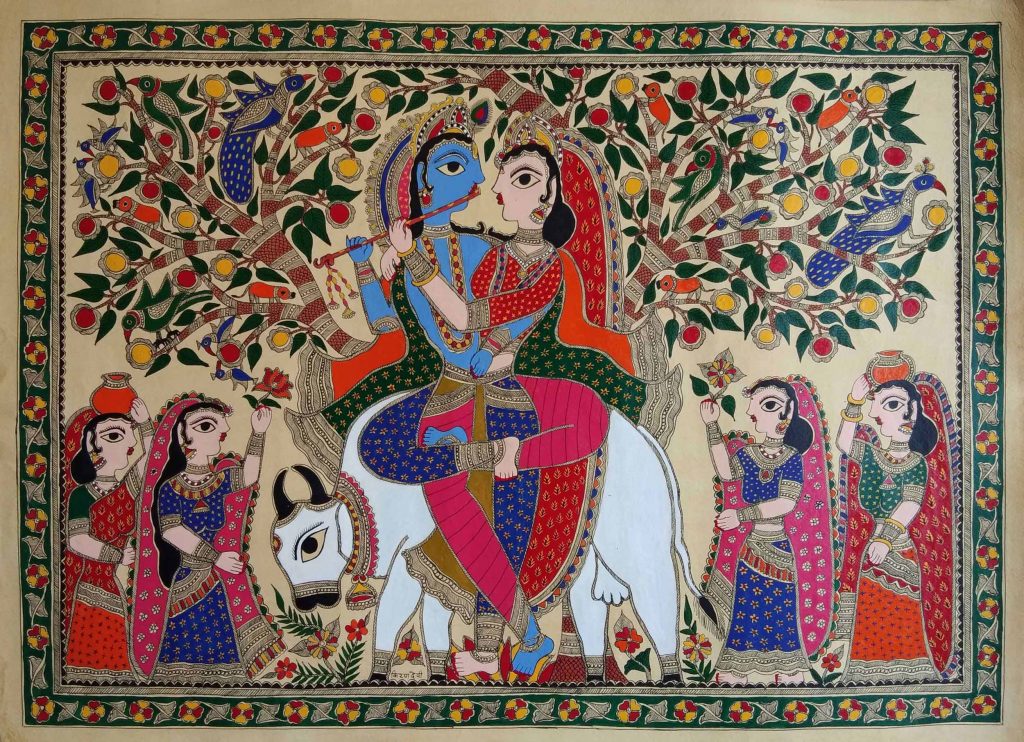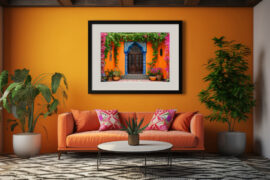The above painting is called Madhubani Painting also known as Mithila Art, finding its origin in Bihar. Though this form of art is popularly called Madhubani painting, since its roots in Mithila, it is also known as the Mithila painting. This painting is made on handmade paper and Gober (cow’s dung) has been used as a base.

In this painting, the bride can be seen leaving for her Sasural (new home) after the marriage. We are already familiar with the brides being used to carry in a car from her home to her Sasural. But remarkably even today at some places in Bihar brides are carried on a Doli being lifted by a few men, lifting the Palaki on their shoulders, followed by the Dulha (bridegroom) and relatives.
Vidaai (farewell) is the most emotional segment where the bride’s family has to perform the toughest ritual of sending their daughters away from them. The artist, Srimati Kiran Devi, who had made several Madhubani Paintings, recently died due to some disease. She was a very fine and experienced artist whose artworks are available at IndiGalleria for sale.
Mithila art is one of the oldest traditional forms of folk art in India. This was first drawn on a wall during the marriage of Lord Shri Ram and Goddess Sita in Mithila. King Janaka, the king of Mithila, asked an artist to capture his daughter Sita’s wedding to Prince Rama.
Such paintings are created by women generally on walls and floors of homes during festivals, ceremonies, or special occasions. But nowadays, these are made on surfaces like apparel, paper, floors, walls, etc.
It’s quite astonishing that the Mithila Art was discovered by a British officer in 1934 when a massive earthquake hit Bihar. The British colonial officer ventured upon these paintings in the interior walls of a home while inspecting the loss caused by the earthquake.
Interestingly, Mithila or Madhubani are done using fingers and twigs as well as matchsticks and pen nibs in the modern-day. These paintings are also made with bright colors with an outline made from rice paste as its framework. But these paintings are outlined first and then color is filled inside. They are also made using a paste of cow dung and mud to give a better texture to the walls. There are not left blank at any space, and if any, it’s filled with geometrical and floral patterns. Since these paintings have quite an ancient backing, that’s why they are generally made with natural colors. Charcoal and soot for black, turmeric for yellow, indigo for blue and sandalwood for red. This ancient art form has been known to depict scenes of wedding rituals, religious rituals and different cultural events such as festivals, from mythology like Ramayana.


Madhubani paintings, recently, were painted by the local skilled artists at Madhubani Railway Station in the Mithila district, Bihar. This was considered as the largest ‘portrayal’ of the Original Madhubani Painting in this world which can possibly break any previous Guinness World Record.
To buy Original Madhubani Paintings online visit www.IndiGalleria.com






